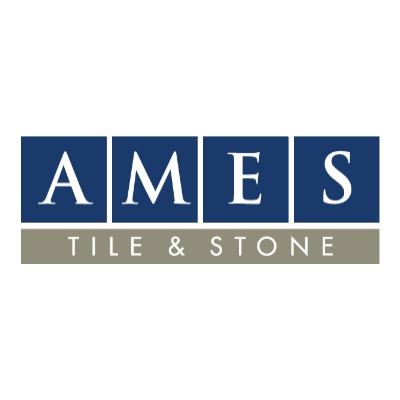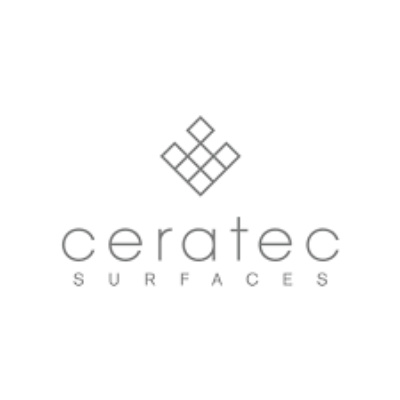Tile has been around for thousands of years and has proven to be one of the most durable flooring types available. With technology innovations in manufacturing, there are now more design options and application possibilities than ever. While having a higher upfront cost than other flooring products, it’s durability and maintenance make it a perfect flooring choice.
Porcelain vs. Ceramic
Ceramic tile is made from a mixture of clays that are pressed into shape and can have either a glazed or unglazed surface that then gets fired at high temperatures. The glazing becomes hard, resulting in tiles that possess characteristics such as a resistance to staining, scratching, slipping or fire and won’t fade from sunlight while still being easy to clean. With most glazed ceramic tiles, the glaze on the tile doesn’t go all the way through, so if a tile gets chipped, the inside color will show through. Ceramic tiles tend to be easier to cut and cost less than porcelain tiles.
Porcelain tiles are made from finer clays and fired at higher temperatures for a longer time than ceramic tile, making them very tough and extremely dense. This results in better long term resistance to scuffs and scratches. Porcelain tiles have an absorption rate of less than 0.5% – perfect for use in areas of high moisture such as bathrooms, kitchens and entryways. Most porcelain tiles are a through-body product – the tile body and glaze are the same color - so in heavy traffic areas like hallways they will retain their original color.
Both ceramic and porcelain tiles are available in polished, matte, and abrasive slip-resistant finishes. And both are manufactured with high resolution digital printers to give you realistic looks of stone, concrete and wood.
Shade Variation

Shade variation is an inherent characteristic of any fired product. Shade and texture will vary from piece to piece within different collections and production runs. V1 shade variation has little or no change from piece to piece while a V4 will have a large variety of color and/or texture changes. We always recommend seeing a room scene or several physical pieces of a tile before installation. This way, you can see the range of variance in the tiles themselves and know what to expect.
Frost Resistance
Frost Resistance is a tile’s ability to be subject to water at temperatures lower than 0° without being damaged by stress generated when freezing their moisture content. To be considered frost resistant, a porcelain tile must have water absorption less than 0.5%.
Rectified Tile
After being fired, many tiles will vary slightly in size (both porcelain and ceramic tiles have up to 1.5% variation). When a tile is “rectified” it means that the tile has been ground or cut to size after being fired to achieve a more accurate and consistent tile size.
Abrasion Resistance (PEI)
The PEI (Porcelain Enamel Institute) rating is a tile’s ability to resist wear caused by foot traffic or mechanical equipment including the type of abrasive carried onto the tile – water, sand, mud, etc. There are 5 categories depending on the area of installation:
PEI I – light traffic areas and without abrasive dirt, e.g. bathrooms, bedrooms
PEI II – average traffic areas and low to medium abrasion, e.g. livingrooms
PEI III – medium to high traffic areas and average abrasion, e.g. entry, kitchen
PEI IV – intense traffic areas, e.g. restraurants, offices, retail spaces
PEI V – areas with especially intense traffic
In-floor Heating - Cable systems & Mat Systems
To ensure your toes stay toasty, there are a couple options for keeping your tiles warm. A cabled system links into special waffled looking subfloor and allows for heat to be installed in the most intricate of spaces while a mat system comes in pre-made sizes and won’t allow for full coverage of heat but is quicker to install than cables. With the cabled system, the waffle acts as the subfloor while with the mat system, a subfloor would need to be installed prior to the heatmat. Both options come with programmable thermostats and some are even wi-fi enabled. For more information try visiting www.schluter.ca
Sealing Natural Stone
It is important to seal all natural stones to extend their life and preserve their beauty. Natural stone is porous and vulnerable to stains and damage. It is a matter of absorbency as some stones are more absorbent than others. When you seal your stone tile, you are giving it a layer of protection against wearing and stains. Sealing the stone will need to be done periodically to keep it looking its best.












